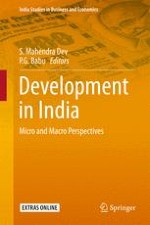2016 | OriginalPaper | Buchkapitel
11. Does the Tail Wag the Dog? The Effect of Credit Default Swaps on Credit Risk
verfasst von : Marti G. Subrahmanyam, Dragon Yongjun Tang, Sarah Qian Wang
Erschienen in: Development in India
Verlag: Springer India
Aktivieren Sie unsere intelligente Suche, um passende Fachinhalte oder Patente zu finden.
Wählen Sie Textabschnitte aus um mit Künstlicher Intelligenz passenden Patente zu finden. powered by
Markieren Sie Textabschnitte, um KI-gestützt weitere passende Inhalte zu finden. powered by
